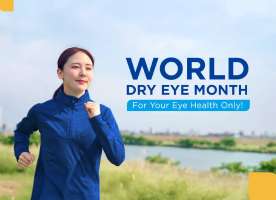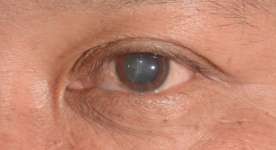Available Treatments For Dry Eye Disease
Dry eye disease is a condition where the tear quality and quantity are compromised due to multiple causes. Symptoms include:
MILD
 Burning and gritty sensation
Burning and gritty sensation Redness
Redness Itchiness
Itchiness Excessive tearing
Excessive tearing
MODERATE
 Blurring of vision
Blurring of vision Pain
Pain Inflammation of the eye
Inflammation of the eye
Treatments for dry eye disease
Eliminating the cause
Dry eye disease (DED) can be caused by health issues and/or external factors like eyelid inflammation (blepharitis) and immunity disorder (Sjogren’s syndrome). Certain medications may also cause DED.
Environmental factors like dust and low humidity can contribute to DED. One may consider using goggles or have a humidifier to minimise tear film disruption.
Research has also shown that taking Vitamins A, D, omega 3 and 6 fatty acids are effective in improving the tear quality.
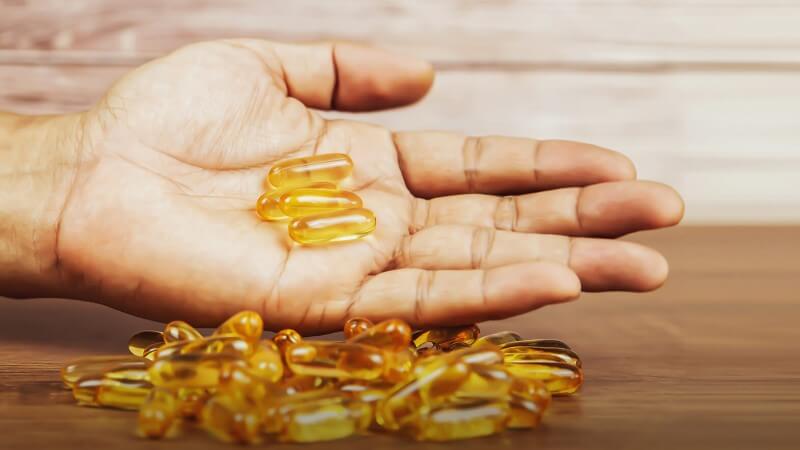
Heat therapy
Oil glands along the eyelids help to supplement the tears. However, oily secretion (meibum) can accumulate and clog up the glands which causes poor tear quality. Hot compression can be applied to the eyelids to soften the meibum to help decongest the blocked glands via manual expression. You can use a warm towel and apply to the eyelids. Alternatively, you can warm up eye masks with silica beads or use plugged-in goggles (blephasteam).
After decongesting the oil glands, using pre-packed lid wipes is recommended to clean the eyelids.
A 20-minutes drug-free method procedure called LipiFlow thermal pulsation system can also be considered. It combines heat and pressure to unblock the oil glands. This is usually performed by an ophthalmologist in the clinic.
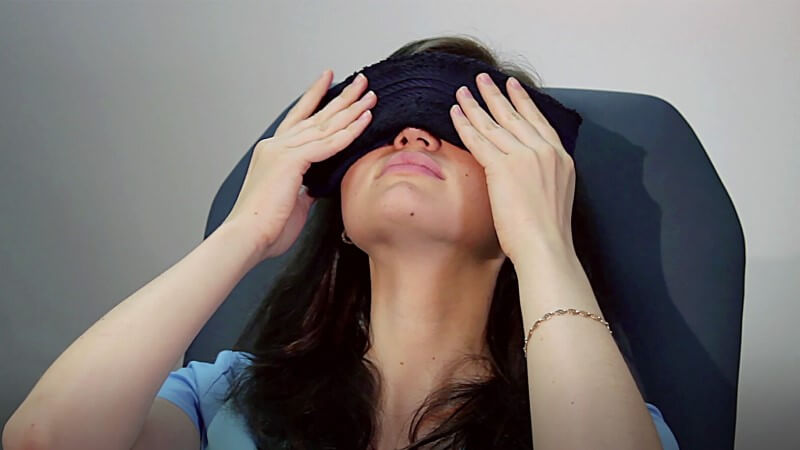
Lubricating eyedrops
Preservative-free lubricating eyedrops can help improve DED. Studies have shown that preservatives can disrupt tear film stability which may cause irritation to the eye.
For moderate to severe cases, ointments may be used for more lasting effect and comfort.
Medicated options
Antibiotic medications may be recommended to improve eyelid inflammation (blepharitis).
Anti-inflammatory medication like cyclosporine and corticosteroids may be helpful in addressing inflammatory diseases affecting the tear glands.

Surgical methods
Tears flow away from the eyes by entering the openings in the eyelids called punctum.
Plugs can be placed at the punctum to help retain tears on the eyes. However, punctal plugs may cause conjunctiva irritation and increase puncta-related inflammation as the tears may not be able to drain away debris and microbes.
In severe cases of DED where the eyes are in danger of losing sight, the upper and lower lids can be partially sewn together (lid tarsorrhaphy). This reduces the exposure of the eyes to the environment which helps to reduce tear evaporation.
Should you experience dry eye, it is best to visit an ophthalmologist to assess your eyes and discuss possible treatment options.
Please visit https://atlaseye.sg/eye-conditions/dry-eye/ to read more about dry eye.
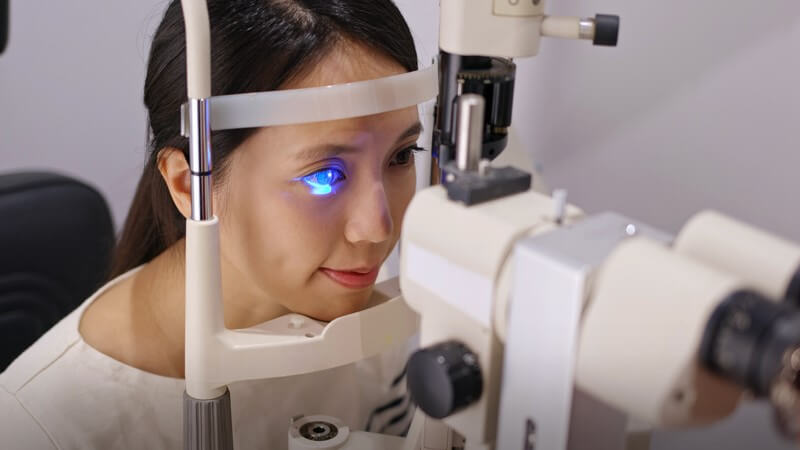
Dr David Chan
Atlas Eye Specialist Centre
290 Orchard Road #07-09 Paragon Medical Singapore 238859
101 Irrawaddy Road #19-12/13 Royal Square Medical Centre Singapore 329565
Please visit https://atlaseye.sg/our-doctor/ to read more about Dr David Chan



